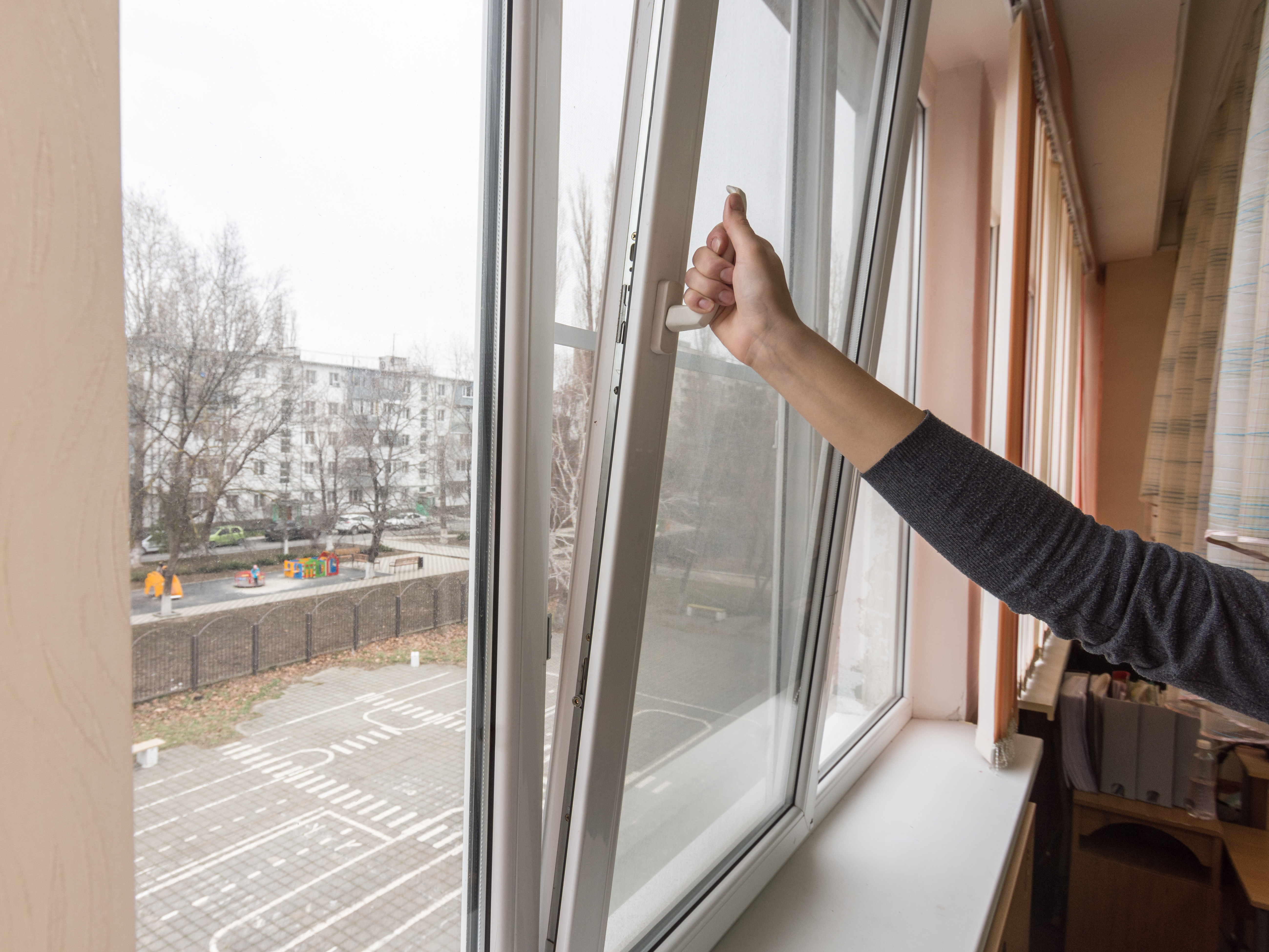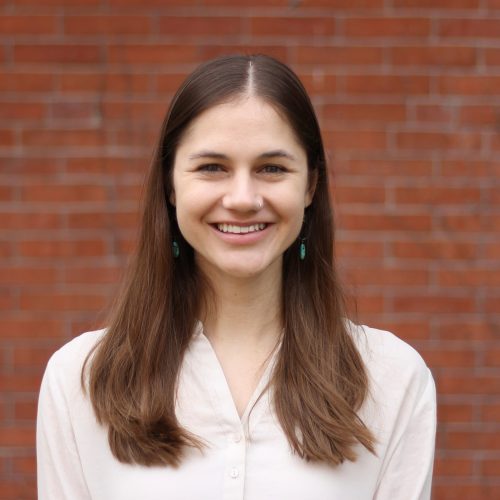Fresher Air, Smarter Schools: SPH Researchers Share Novel Method for Monitoring Indoor Air Quality.

Fresher Air, Smarter Schools: SPH Researchers Share Novel Method for Monitoring Indoor Air Quality
Two new studies from researchers at the School of Public Health, conducted using data from Boston Public School’s extensive network of air quality sensors, showed classroom air quality is often highly variable within school buildings, and even fluctuates greatly within the same classroom over the course of a year.
Educational infrastructure in the United States is aging. The average public-school building is nearly 50 years old. In Boston, the problem is even more pronounced—a quarter of the buildings in the the Boston Public Schools (BPS) district are more than 100 years old. The condition of the city’s aging classrooms attracted attention during the COVID-19 pandemic, when airborne transmission of the virus made effective ventilation a top priority for protecting the health of students and staff.
The absence of comprehensive heating, ventilation, and air conditioning (HVAC) systems in nearly a third of BPS buildings is not only an issue of comfort during the winter cold and summer heat, but also a matter of ensuring the circulation of safe, clean air. A growing body of research shows poor indoor air quality may negatively affect both the health and cognitive performance of students and staff.
In response to these concerns, researchers from the BU School of Public Health have developed a novel, low-cost method for schools to measure ventilation efficiency in classrooms using real-time air quality data. Their findings were recently published in the journal Indoor Environments in a study titled “Estimating Air Exchange Rates in School Classrooms.”
In the simplest terms, the air exchange rate (AER) is the time that it takes for the air inside a room to be replaced with fresh air from outdoors, explains Patricia Fabian, associate professor of environmental health, associate director of the BU Institute for Global Sustainability, and study senior author. Traditionally, calculating AER has involved contracting a third party to use tracer gases and monitor their decay over time—a method often too costly and complex for widespread use across public schools.
Fabian and her team investigated a more scalable solution: estimating AER using real-time measurements of the concentration of the CO2 exhaled by room occupants. It is an emerging technique that, if optimized, could be faster and more affordable.
“Schools are in the business of educating kids and keeping them safe. Everything that the school does is to meet those goals, and so building operations is also [part of] that. It’s about fixing the schools, finding problems and keeping the schools—to the best of their ability with the resources that they have—clean and functioning,” says Fabian. “You can’t fix what you can’t measure, is something that a lot of people in this field say.”
The SPH team had access to CO2 and other air quality measurements, such as temperature, relative humidity, carbon monoxide, and inhaled particulate matter, thanks to an ongoing research partnership with BPS’s Sustainability, Energy, and Environment Program, led by Katherine Walsh. Beginning in 2020, the program received federal COVID-19 relief funding to install thousands of sensors across classrooms, offices, and school rooftops.
Fabian recruited BU students to the project, including study first author Yirong Yuan, then a student in the MS in Statistical Practice (MSSP) program. Yuan’s data science skills and knowledge of machine learning well-positioned her to tackle the enormity of data the BPS sensors were collecting every day. Following her graduation, she joined Fabian’s lab full-time as a research data analyst spearheading the AER project.
Together, Fabian, Yuan, and their team harnessed the largest known deployment of commercial CO2 sensors in schools and developed a method to generate a full year of daily AER estimates for a classroom in a few seconds, an entire school in minutes, and the entire district in just a few hours. Importantly, they made their methods publicly available online so other schools with commercial air quality sensors, but potentially limited computational and analytic capacity, could leverage it to improve their own operations.
“One thing that surprised me… is the tremendous variability that there is classroom by classroom in a school. You can have a classroom that has really low air exchange rate and a classroom that has very high air exchange rate in the same school building,” says Fabian, of the team’s findings. “What that then tells you is that it’s really important to not only monitor air quality in every classroom but also have controls that are more classroom specific so that you can make changes based on what the conditions are.”
Unsurprisingly, schools with mechanical ventilation systems showed higher air exchange rates than those without. “That is a really obvious thing to point out—very common sense,” says Fabian. “But I think that it’s important to highlight: all schools should have mechanical ventilation.”
Still, she acknowledges that the solution is not always that simple. Retrofitting old buildings with new HVAC systems is expensive and time-consuming. With this in mind, Fabian has been collaborating with another BU student, Beverly Ge, a PhD candidate in the BU Graduate Program in Urban Biogeoscience and Environmental Health (URBAN), on a forthcoming case study. Their goal is to give schools decision-making tools based on continuous CO2 monitoring. The publication, which is currently undergoing peer-review, will detail how to translate technical data into actionable insights.
Prior to working with Fabian, Yuan had never studied air quality or worked in the field of public health. She saw the experience as a step along her path to become a data scientist. But the experience changed her career trajectory. “I saw what I can do for public health and children’s schools using my expertise and my knowledge. Now, I plan to pursue a PhD degree in public health and to continue working in this field,” she says.
